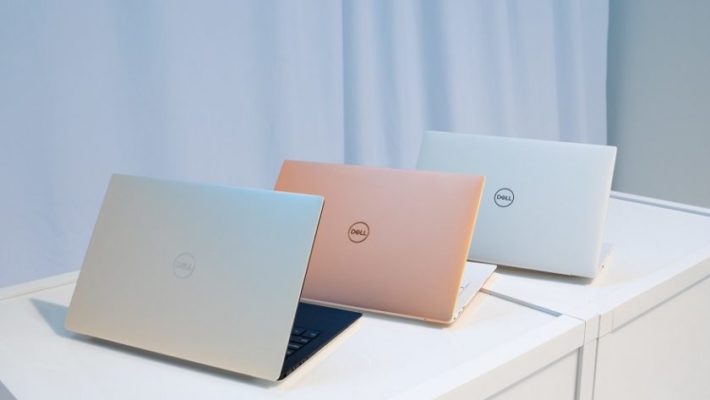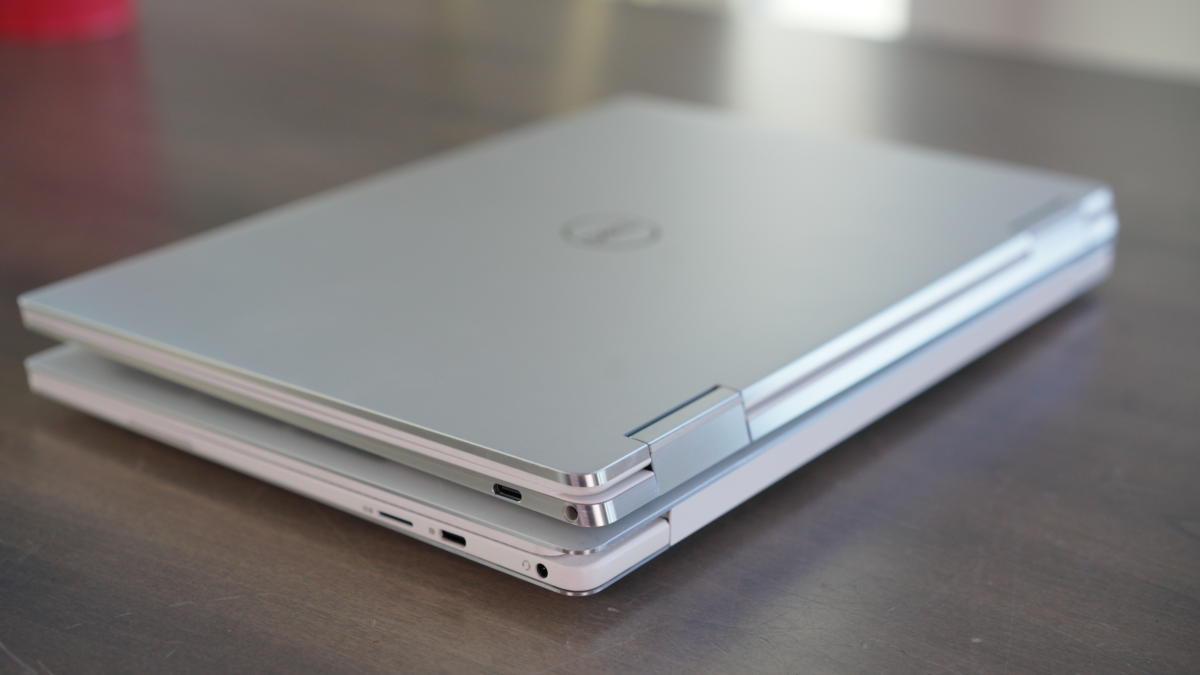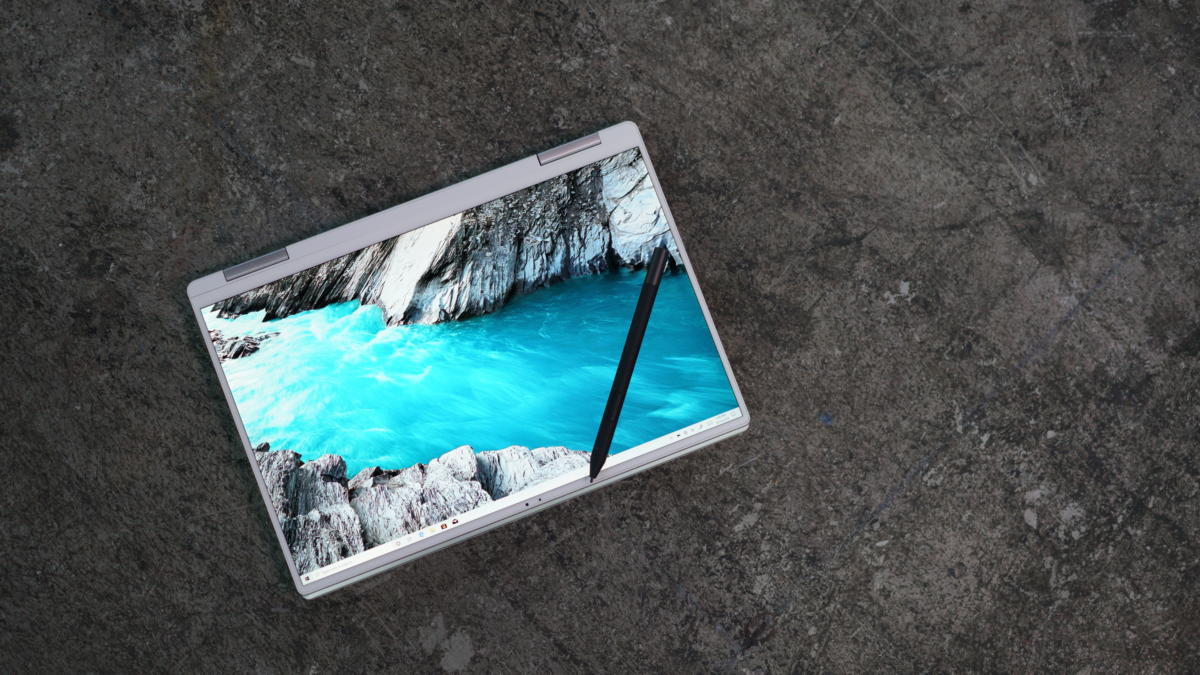Is the new i5-10210U processor in the 7390 an upgrade over the i7-8565U processor in the 9380 – Dell XPS 13 7390 vs 9380? I ask because the a 7390 with 8GB RAM & 256GB SSD is either the same price or only $100 less (depending on touch screen) than a 9380 with 16GB RAM and 512GB SSD.
The 13.3-inch XPS 13 9343 was succeeded by the 9350 followed by the 9360, 9370, and 9380. Similarly, the 15.6-inch XPS 15 series consists of the 9530, 9550, 9560, 9570, and so forth.
Dell launched XPS 13 7390 and XPS 15 7590 to directly supplant the XPS 13 9380 and XPS 15 9570, respectively. Their reasoning was understandable at the time: the naming convention for the Inspiron, Latitude, Vostro, and Precision families topped out at the 7xxx series meaning that the XPS family was the odd one out with its 9xxx series model names. Thus, Dell dropped the XPS 9xxx name in favor of the XPS 7xxx to be more in line with the product families.
In hindsight, the move opened a can of worms with existing XPS fans who have grown accustomed to the 9000 series naming convention. Users shopping for an XPS 13, for example, may have seen the XPS 13 7390 as an older model when compared to the XPS 13 9380 even though the opposite is true simply because the first digit of the newer model is a lower number. A Dell representative called the XPS naming change a “mistake” as it caused confusion for both enthusiasts and shoppers.
Dell will fortunately move back to the original 9000 series naming scheme starting with the 2020 XPS 13 9300. Future revisions will hopefully be called the 2021 XPS 13 9310, 2022 XPS 13 9320, and so forth. The latest XPS 13 will be a fresh start for the venerable series as even the logo will be redesigned. We can only assume that the next eventual XPS 15 refresh will be called the XPS 15 9500 unless if Dell decides to have another facepalm moment.
Dell XPS 13 7390 vs 9380 comparison chart
| DISPLAY | DELL XPS 13 9380 | DELL XPS 13 7390 |
|---|---|---|
| Size | 13.3 Inches | 13.3 Inches |
| Info | 13.3-inch FHD touchscreen1920 x 1080, 166 PPI, 60 Hz, 1500:1 contrast ratio, 400 nits luminance, 2.90 W power consumption, Anti-reflective, Touch support.13.3-inch FHD non-touchscreen1920 x 1080, 166 PPI, 60 Hz, 1500:1 contrast ratio, 400 nits luminance, 2.90 W power consumption, Anti-glare, Non-touch support.13.3-inch UHD touchscreen 3840 x 2160, 331 PPI, 60 Hz, 1500:1 contrast ratio, 400 nits luminance, 5.41 W power consumption, Anti-reflective, Touch support. | 13.3-inch FHD1920 x 1080, 166 PPI, 60 Hz, 1500:1 contrast ratio, 400 nits luminance, 2.90 W power consumption, Anti-glare, Non-touch support.13.3-inch FHD touchscreen1920 x 1080, 166 PPI, 60 Hz, 1500:1 contrast ratio, 400 nits luminance, 2.90 W power consumption, Anti-reflective, Touch support.13.3-inch 4K UHD touchscreen3840 x 2160, 331 PPI, 60 Hz, 1500:1 contrast ratio, 400 nits luminance, 5.41 W power consumption, Anti-reflective, Touch support. |
| INTERNAL SPECS | DELL XPS 13 9380 | DELL XPS 13 7390 |
|---|---|---|
| Processor | 8th Gen Intel® Core™ i3-8145U2 cores, 4 threads, 2.10 → 3.90 GHz, 4MB SmartCache, 15W 8th Gen Intel® Core™ i5-8265U4 cores, 8 threads, 1.60 → 3.90 GHz, 6MB SmartCache, 15W 8th Gen Intel® Core™ i7-8565U4 cores, 8 threads, 1.80 → 4.60 GHz, 8MB SmartCache, 15W | 10th Gen Intel® Core™ i3-10110U2 cores, 4 threads, 2.10 → 4.10 GHz, 4MB SmartCache, 15W 10th Gen Intel® Core™ i5-10210U4 cores, 8 threads, 1.60 → 4.20 GHz, 6MB SmartCache, 15W 10th Gen Intel® Core™ i7-10510U4 cores, 8 threads, 1.80 → 4.90 GHz, 8MB SmartCache, 15W 10th Gen Intel® Core™ i7-10710U6 cores, 12 threads, 1.10 → 4.70 GHz, 12MB SmartCache, 15W |
| Integrated Graphics | 8th Gen Intel® Core™ i3-8145U Intel® UHD Graphics 62024 Execution Units, 300 → 1000 MHz 8th Gen Intel® Core™ i5-8265U Intel® UHD Graphics 62024 Execution Units, 300 → 1100 MHz 8th Gen Intel® Core™ i7-8565U Intel® UHD Graphics 62024 Execution Units, 300 → 1150 MHz | 10th Gen Intel® Core™ i3-10110U Intel® UHD Graphics23 Execution Units, 300 → 1000 MHz 10th Gen Intel® Core™ i5-10210U Intel® UHD Graphics24 Execution Units, 300 → 1100 MHz 10th Gen Intel® Core™ i7-10510U Intel® UHD Graphics24 Execution Units, 300 → 1150 MHz 10th Gen Intel® Core™ i7-10710U Intel® UHD Graphics24 Execution Units, 300 → 1150 MHz |
| Memory | 4GB8GB16GB2133 MHz Dual-channel DDR3 SRAM. | 4GB8 GB16 GB 2133 MHz Dual-channel LPDDR3 SDRAM |
| Storage | 128 GB256 GB512 GB1 TB2 TBPCIe 3×4 NVMe SSD up to 32 Gbps. | 128 GB256 GBM.2 2230 PCIe® 3×2 NVMe™ SSD, Up to 32 Gbps.256 GB512 GB1 TB2 TBM.2 2280 PCIe® 3×4 NVMe™ SSD, Up to 32 Gbps. |
| CONNECTIVITY | DELL XPS 13 9380 | DELL XPS 13 7390 |
|---|---|---|
| Wi-Fi | Killer 1435-S WiFi Up to 867 Mbps, Dual band 2.4 GHz/5 GHz, 802.11 a/b/g/n/ac. | Rivet Killer AX1650W Up to 2400 Mbps, Dual band 2.4 GHz/5 GHz, WiFi 802.11 a/b/g, WiFi-4 (802.11n), WiFi-5 (802.11ac), WiFi-6 (802.11ax) |
| Bluetooth | Bluetooth 4.2 | Rivet Killer AX1650W › Bluetooth 5.0 |
| BATTERY | DELL XPS 13 9380 | DELL XPS 13 7390 |
|---|---|---|
| Size | 4-cell smart lithium-ionBattery Capacity: 52 Wh | 4-cell smart lithium-ionBattery Capacity: 52 Wh |
| Battery Life | Up to Up to 21 hours* Tested on FHD panel | Up to 21 hours on FHD panel |
| Power Supply | 45 W USB (Type-C) power adapterrated at 20 VDC/2.25A, 15 VDC/3A, 9 VDC/3A, 5VDC/3A. | 45 W USB (Type-C) power adapter20 VDC/2.25A, 15 VDC/3A, 9 VDC/3A, 5VDC/3A |
| SOFTWARE | DELL XPS 13 9380 | DELL XPS 13 7390 |
|---|---|---|
| OS | Windows 10 Home 64-bitWindows 10 Pro 64-bitUbuntu | Windows 10 Home 64-bitWindows 10 Pro 64-bitUbuntu 18.04 |
| Built-in Apps | Microsoft Office 30-days trialMcAfee LiveSafe™ 12 Month Subscription | Microsoft Office 30-days trialMcAfee LiveSafe™ 12 Month Subscription |
| CAMERA & AUDIO | DELL XPS 13 9380 | DELL XPS 13 7390 |
|---|---|---|
| Camera | Front-facing cameraTop-mount front camera with fixed focus lens, 0.9 Megapixels (1280 x 720 HD) at 30 fps.Infrared camera340 x 340 for Windows Hello authentication. | Front-facing cameraTop-mount front camera with fixed focus lens, 0.92 Megapixels (1280 x 720 HD) at 30 fps. |
| Audio | Realtek ALC3271-CG with Waves MaxxAudio ProTwo speakers (1W x 2 = 2W total)4 digital array microphones; Far Field Cortana Capable | Realtek ALC3271-CG with Waves MaxxAudio ProTwo speakers (2.5W x 2 = 4W peak) 4 digital array microphones; Far Field Cortana Capable |
| MISC | DELL XPS 13 9380 | DELL XPS 13 7390 |
|---|---|---|
| Sensors | Windows Hello compliant fingerprint reader in the power buttonAmbient light sensor | Ambient light sensorWindows Hello compliant fingerprint reader in the power button |
| Security | Windows Hello with Fingerprint Sign inWindows Hello Facial RecognitionNoble lock slot | Windows Hello with Fingerprint Sign inWedge-shaped lock |
What is good in these models – Dell XPS 13 7390 vs 9380?
Similarities – Dell XPS 13 7390 vs 9380 vs 9300 in Weight, ports, networking
Because these models are closely related, there are some criteria you don’t need to worry about much, because they’re basically the same.
If weight matters to you, the XPS 13 9300 is the technical winner at 2.65 pounds—2.8 with the optional touchscreen. The older XPS 13 7390 comes in second at 2.7 pounds, and the XPS 13 2-in-1 7390 is third at 2.9 pounds (thanks to the beefed-up hinges and glass touchscreen required of a convertible laptop). Obviously, we’re talking about a few ounces.
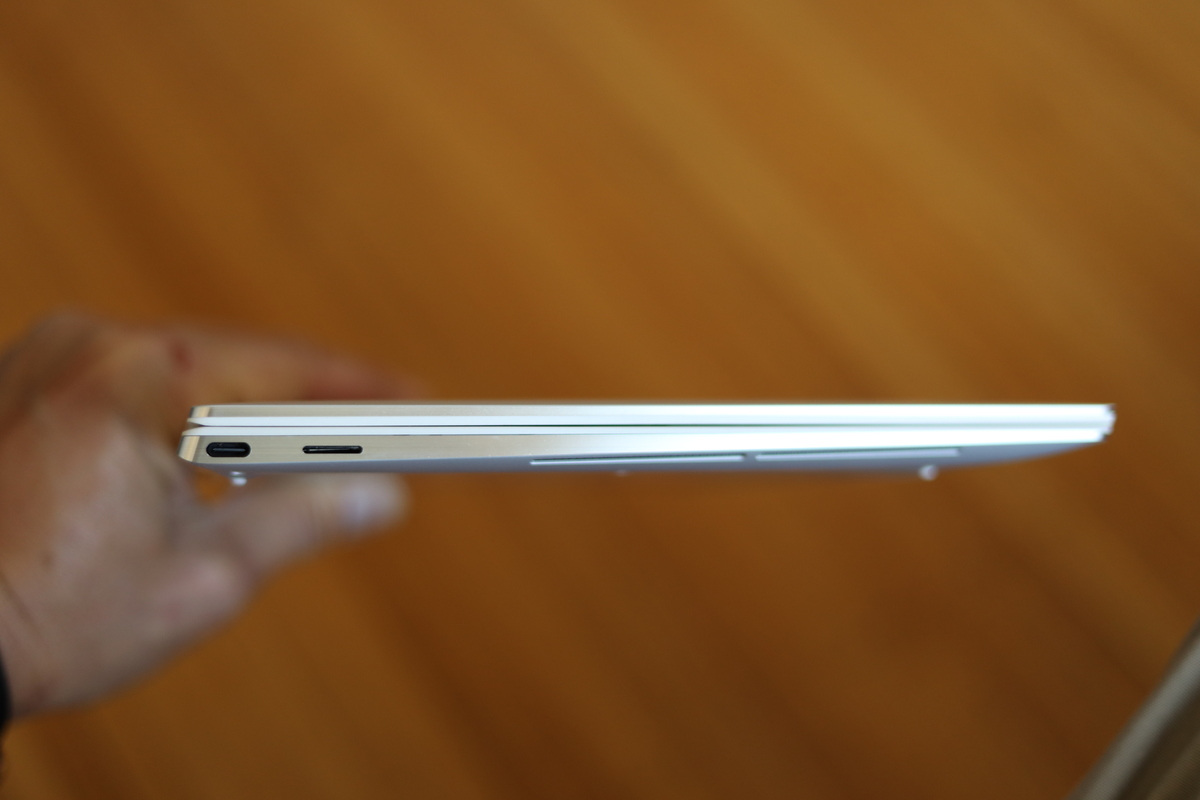
When it comes to connectivity, the XPS 13 models focus on the future. The XPS 13 7390 gives you the most, with its two Thunderbolt 3 ports, a USB-C port, and a microSD port. The other XPS 13 laptops simply lack the USB-C port. Obviously, we all wish there were an old fashioned square USB-A port, but none of them have that. All three laptops use Intel Wi-Fi 6 hardware, also known as 802.11ax.
There are three Dell XPS 13 models to choose from at the moment:
Dell XPS 13 9300: Shiny and new
The Dell XPS 13 9300 (yes, it really went from 9380 to 7380 to 9300) is the latest iteration of the famed XPS 13, bringing the bezel-less look of the XPS 13 2-in-1 7390 to a traditional clamshell laptop. Like the XPS 13 2-in-1 7390 it uses the 10th-gen Core i7-1065G7—a step forward in generation but for some, a step backward to quad-core when its predecessor offered up to a six-core part.
XPS 13 2-in-1 7390: A fresh start
The Dell XPS 13 2-in-1 7390 was a complete redesign. As a convertible, it can function as a laptop as well as a tablet, or in A-frame “tent” mode for presentations.
When the XPS 13 2-in-1 7390 debuted in the fall of 2019, it was the first laptop based on Intel’s most advanced 10th-gen, 10nm Ice Lake CPUs, and it was the poster child for the Intel’s lofty Project Athena aspirations too.
Besides the 360-degree design, it has pen support, a 16:10 aspect ratio screen, advanced copper vapor chamber cooling, and a new MagLev 2 keyboard. It also made a few hard choices to achieve its thin profile, such as soldered-in permanent SSD. The laptop has been one of the fastest Ice Lake laptops.
XPS 13 7390: Moving to a six-core CPU
The Dell XPS 13 7390 is essentially an internal upgrade of the previous XPS 13 9380 (remember, the model numbers make no sense), but it was still a major change as it moved to Intel’s 6-core Core i7-10710U CPU over the previous model’s 8th-gen quad-core Core i7. The XPS 13 7390 offers the fastest multi-core CPU performance, but its graphics is nothing special.
Which XPS 13 has the best screen – Dell XPS 13 7390 vs 9380 vs 9300?
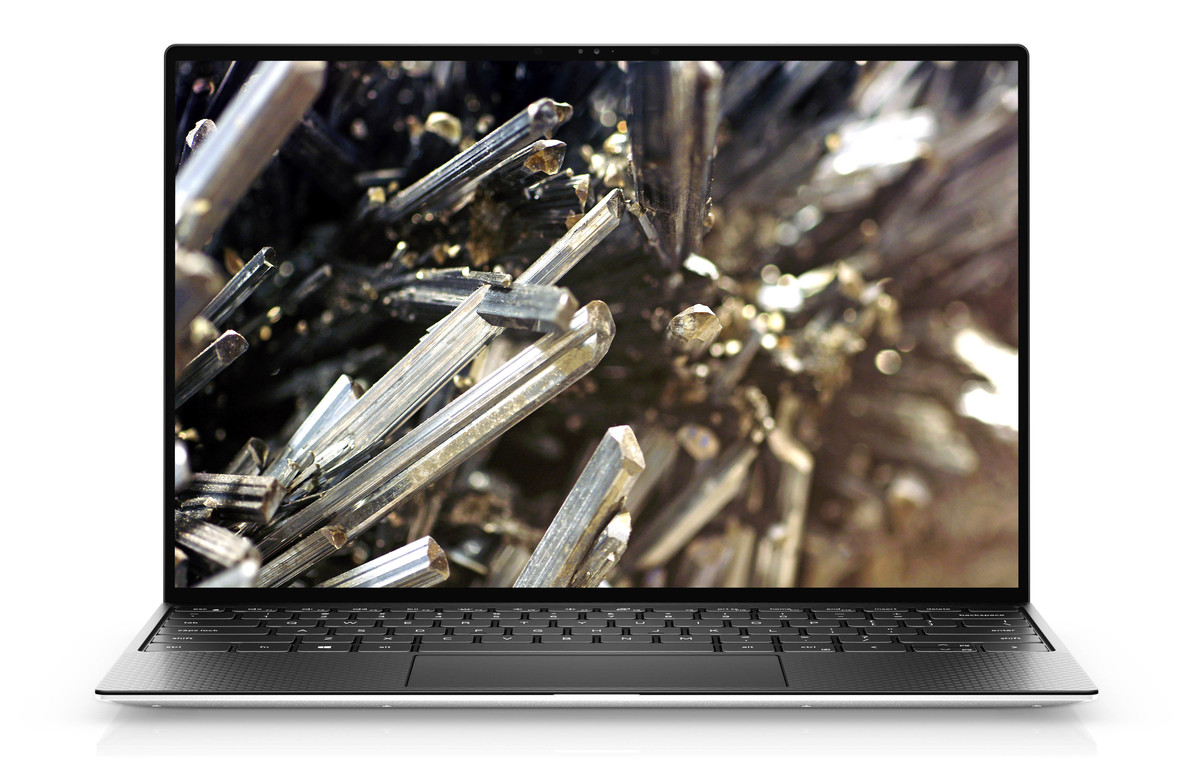
Dell takes advantage of that aspect ratio and nearly eliminates the bezel on both the 16:10 laptops. The result is a stunning look and more usable space. We prefer the taller aspect ratio, as it gives us a little more space for our work. Both the XPS 13 2-in-1 7390 and XPS 13 9300 also feature Sharp IPS panels that can hit a very bright 500 nits, and EyeSafe technology, which reduces blue light emissions without that horrible brown tint look other panels offer.
Among the three XPS 13 models here, there’s a key difference that we want to point out here: the aspect ratio of the screen. The older XPS 13 7390 features a 1920×1080-resolution panel, which uses the very common aspect ratio of 16:9. The XPS 13 2-in-1 7390 and the XPS 13 9300 feature a 1920×1200-resolution screen and a slightly taller 16:10 aspect ratio.
The XPS 13 7390’s screen is fine, but the 16:10, 1920×1200, 500-nit panels in the XPS 13 7390 and the XPS 13 9300 take home the win.
Which XPS 13 is the most versatile
For most people, a traditional clamshell laptop does 90 percent of what they want, and all three of these laptops can do the job. Not everyone will like the XPS 13 2-in-1 7390 because of its MagLev 2 keyboard, with its thin, low-travel design.
Still, that XPS 13 2-in-1 is the only one of the three that offers a tablet mode with pen support (though it doesn’t include the pen). Its touch display means you don’t have to get to the trackpad or keyboard either. All three XPS 13’s are excellent laptops, but the XPS 13 2-in-1 7390 is the most versatile of the three.
Dell XPS 13 7390 vs 9380 vs 9300 performance review
Before we get too far down the rabbit hole of laptop performance, you need to ask yourself what you’re doing. If you are mostly running Microsoft Office, Google Chrome or Zoom, the differences between the three laptops here are mostly meaningless. All three exceed your needs, and you can honestly skip the rest of this section.
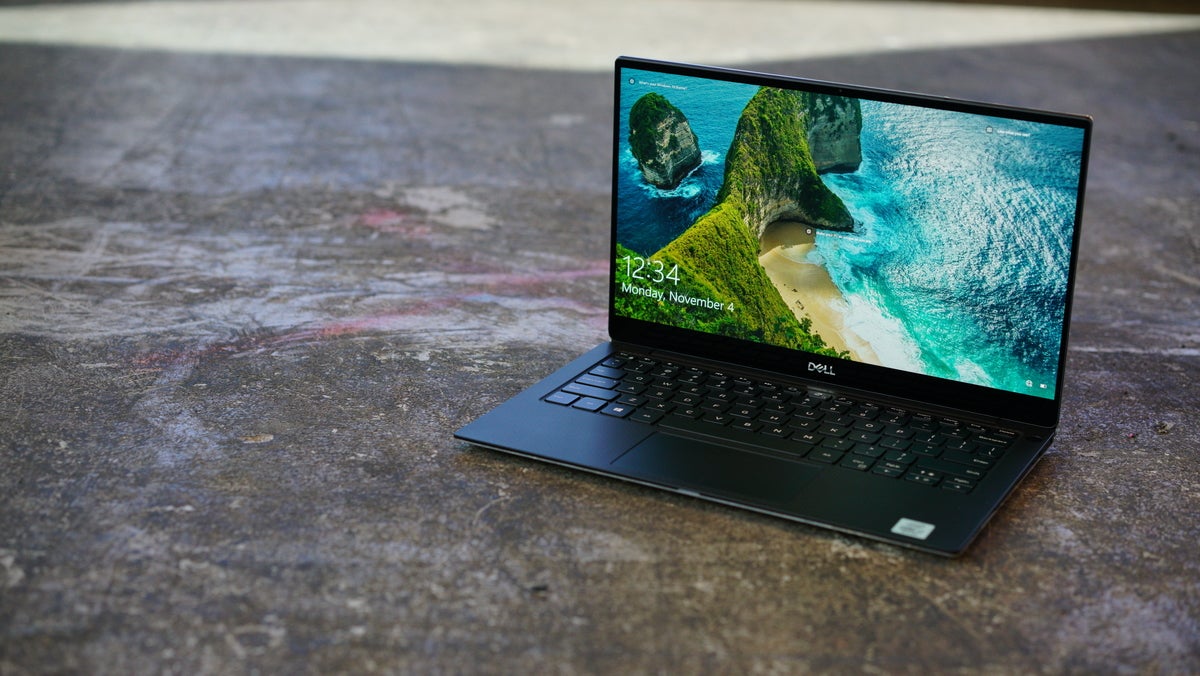
Note that this argument applies mostly to the top Core i7 versions, as lower-end versions such as the Core i7-10510U only have four cores and the weaker graphics. Intel’s Core i5-1035G1 also has weaker graphics than the Core i7-1065G7 versions.
If, however, you know you need more single-core performance, more multi-core performance, or better graphics for gaming, keep reading.
Both the XPS 13 2-in-1 7390 and the XPS 13 9300 use Intel’s most advanced 10th-gen CPU, the Core i7-1065G7. Its main “weakness” is that it “only” has four cores, while the XPS 13 7390 has a 6-core 10th-gen Core i7-10710U option. That Core i7-10710U also has slightly higher single-core performance. Not to be outdone, the advanced Core i7-1065G7 actually has far better graphics performance.
CPU performance breaks down into multi-core performance and single-core performance. Photoshop is mostly single-core, for instance, while video editing is mostly multi-core. GPU performance drives graphics in activities such as gaming, and GPU-accelerated tasks such as converting your video project.
Unless you know you need a six-core CPU for intensive workloads (and don’t mind the weaker graphics), the 10th-gen Core i7-1065G7 offers the best balance.
So, who’s the winner? Again, it depends on what you do with your laptop. For graphics, go with the XPS 13 2-in-1 7390 or XPS 13 9300. For multi-core tasks, the XPS 13 7390 is the faster laptop—if you can accept far worse graphics performance.
Editor’s recommendations
- Dragon Touch Max10 tablet android 9.0 pie octa-core processor reviews
- HP Omen X 25f 240HZ full HD gaming monitor review
- HP Omen X 25 vs 25f – which has higher refresh rate?
- Samsung Galaxy Tab S6 Lite 10.4 tablet – 64GB Angora Blue & accessories
- Vankyo MatrixPad Z10 tablet android 9.0 pie tablet 10 inch review
